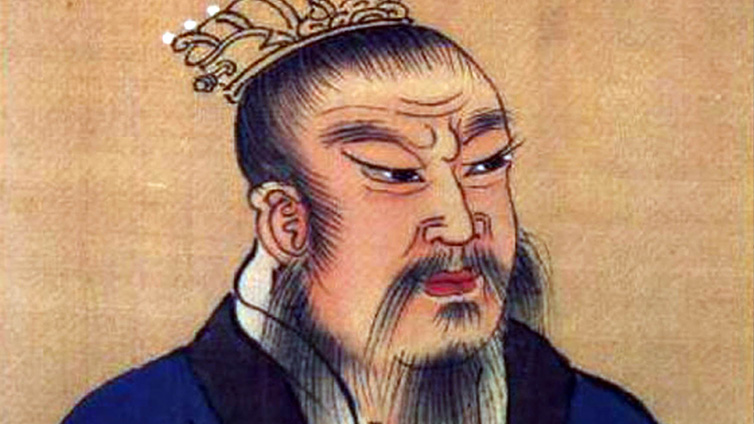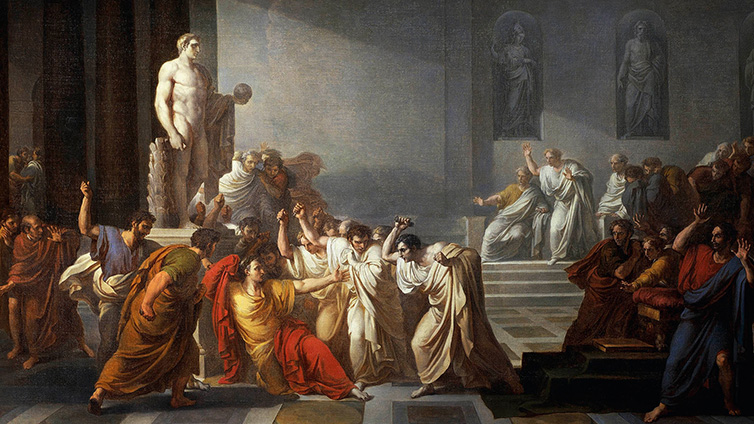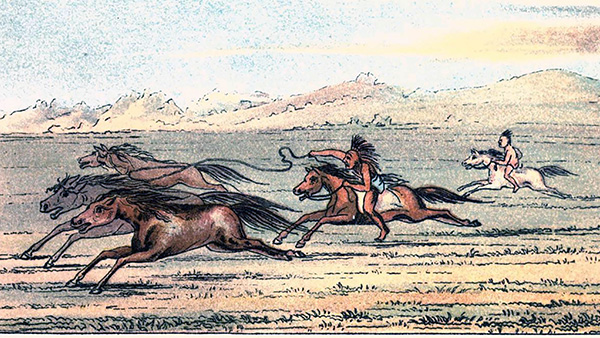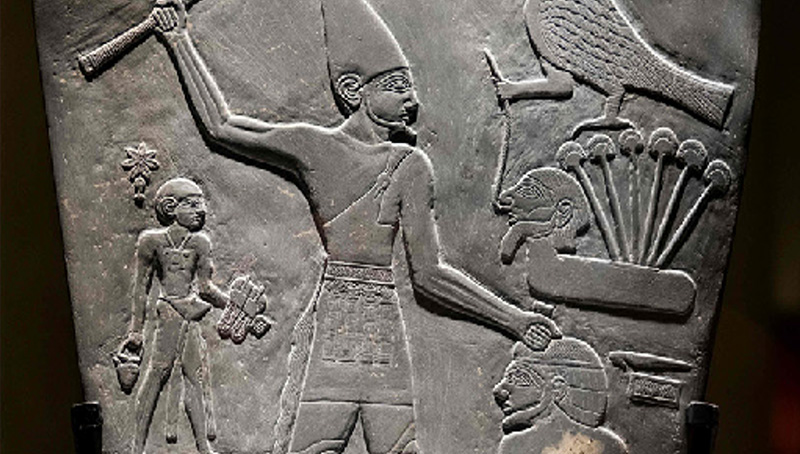Empires
Teacher Resources
Driving Question: Why did some agrarian societies become empires?
The rise of empires introduced a new level of complexity into human societies. Some empires were small and short-lived, but others spanned thousands of miles and lasted hundreds of years.
Learning Objectives:
- Describe the expansion of early agrarian societies.
- Compare early states and empires.
Vocab Terms:
- belief system
- empire
- hierarchy
- military
- society
- tax
- trade
Opener: Empires
To teach this lesson step, refer to page 2 of the Lesson 5.4 Teaching Guide.
Join our online teacher community here to engage with other educators about Big History Project.
Some empires covered thousands of miles, which meant they were expensive to maintain. What happens when a ruler needs to raise money for their empire? Decide how you would finance your empire if you were in charge.
Formation of Empires
To teach this lesson step, refer to page 3 of the Lesson 5.4 Teaching Guide.
Check out our Video Guide for suggestions on incorporating videos in the classroom.
You’ve learned a little about how states form, but what happens when a state gets strong enough to take over the other states around it? Now we’re talking empire.
-
Guiding Questions
-
Before you watch
Preview the questions below, and then review the transcript.
While you watch
Look for answers to these questions:
- Why did civilizations expand geographically?
- Why did many rulers of agrarian civilizations choose conquest rather than raising taxes to pay their expenses?
- What are some examples of ways that military innovations supported trade and other human activities?
- How did collective learning increase as empires both rose and fell?
After you watch
Respond to this question: What other examples from the past or present can you think of when leaders chose conquest over raising taxes?
Key Ideas
Empires Rise and Fall
Getting Better Answers: More Empire Autopsies
- Students ask AI to examine the cause of the decline of another ancient state such as Aksum, Meroe, Carthage, Maurya, Champa, or Teotihuacan, using the same criteria as the Empire Autopsy activity.
- If they don’t get the answers they need the first time, have them refine their prompts to be more effective.
- Discuss which prompts worked and which didn’t.
What makes this effective? Students learn how to design prompts in order to get AI to answer the precise questions they need answered.
Ready to snap on some latex gloves and dig around in the remains of the great empires of the past? The next set of materials looks at how some of the most powerful political forces on Earth collapsed.
-
Guiding Questions
-
Before you read
Preview the questions below, and then skim the article. Be sure to look at the section headings and any images.
While you read
Look for answers to these questions:
- What was the political structure of the Han Dynasty?
- What were the achievements of the Han?
- How did belief systems influence the culture of Han Dynasty China?
- How was society organized during the Han Dynasty?
- What led to the decline and transformation of the Han Dynasty?
After you read
Respond to this question: How did the environment play a role in the rise and fall of the Han Dynasty?
-
Guiding Questions
-
Before you watch
Preview the questions below, and then review the transcript.
While you watch
Look for answers to these questions:
- How did geography and the environment shape the Persian Empire?
- How did geography and the environment shape the Greek city-states?
- How were the governments of Persia and Greece different?
- Why did the Persian Empire and Greek city-states go to war?
- What eventually happened to the Greek city-states and the Persian Empire?
After you watch
Respond to this question: Why do you think we continue to be influenced by ancient Greek culture?
Key Ideas
-
Guiding Questions
-
Before you read
Preview the questions below, and then skim the article. Be sure to look at the section headings and any images.
While you read
Look for answers to these questions:
- How did geography and the environment shape the development of Rome?
- How did Rome’s government change over time?
- How was Roman culture shaped by the empire’s expansion?
- How was Roman society organized?
- What led to the decline and transformation of the Roman Empire?
After you read
Respond to this question: Why do you think we continue to be influenced by Roman culture?
Closer: Empires
To teach this lesson step, refer to page 9 of the Lesson 5.4 Teaching Guide.
Our Openers and Closers Guide will provide more information about these short, but important, activities at the beginning and end of each lesson.
Some empires existed at the exact same time but never encountered one another—it’s a big world! And yet, some of these societies had a lot in common. Let’s think about why that might be.
A Big History of Horses
To teach this lesson step, refer to page 9 of the Lesson 5.4 Teaching Guide.
Explore the connections between the evolution of humans, horses, complex societies, and trade.
-
Guiding Questions
-
Before you read
Preview the questions below, and then skim the article. Be sure to look at the section headings and any images.
While you read
Look for answers to these questions:
- How did horses change over 50 million years of evolution?
- How did humans change horses from about 5,500 years ago to around 300 CE?
- How did horses help build empires?
- How did horses change the Americas?
- How did the role of the horse change from the 1800s?
After you read
Respond to this question: How do you think humans’ relationships with horses might change in the future?
Maintaining an Empire
Read about the tactics rulers used to maintain control of the people as their states expanded.







